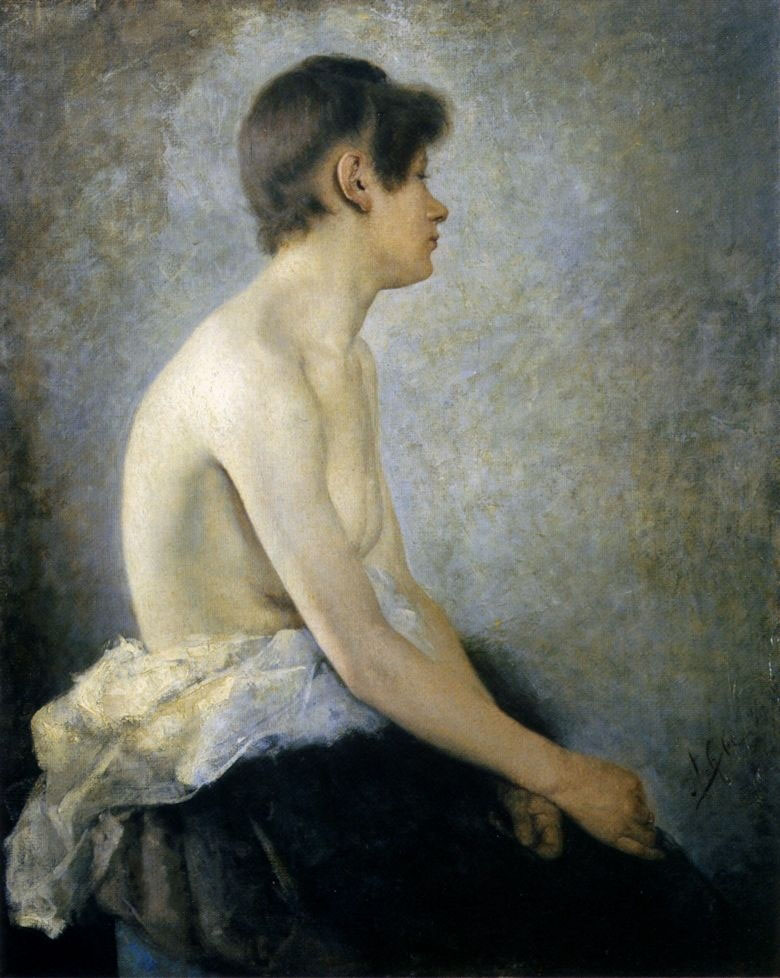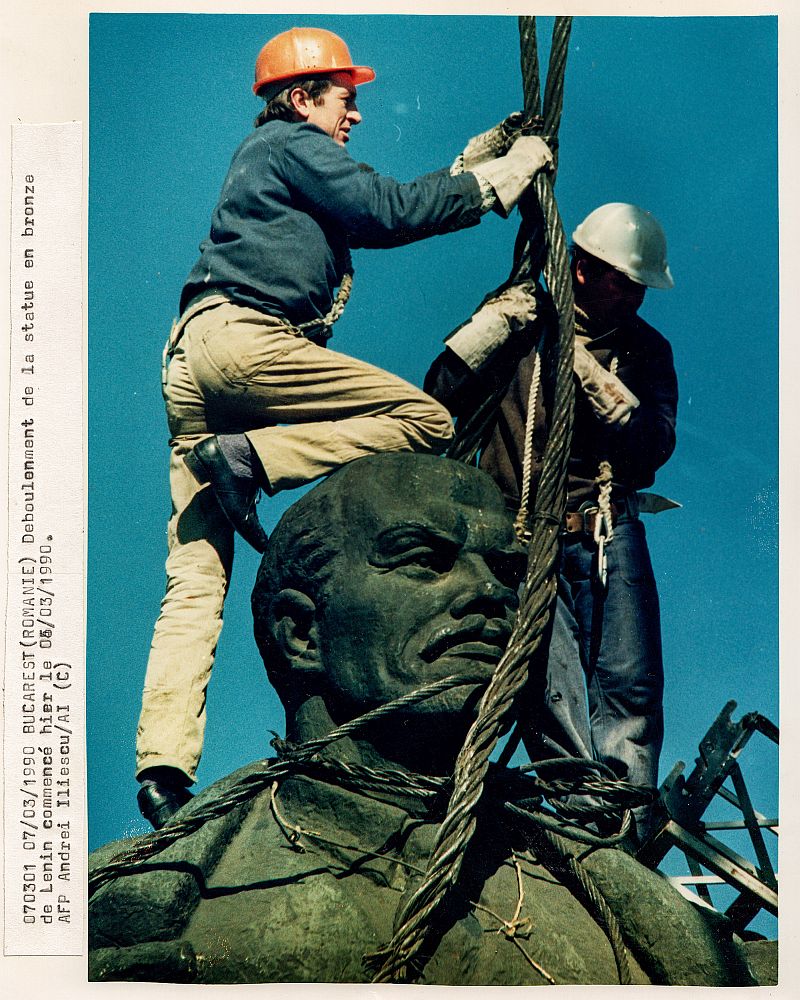Textos en inglés al final del post / English translation at the end of this post.
Todos los aniversarios de Mayo aquí / All anniversaries for May here.
Todos los aniversarios de Mayo aquí / All anniversaries for May here.
_________________________________________________________
El 29 de Mayo es el cumple de
Robin Derrick, fotógrafo británico de moda, retratos, flores y naturalezas muertas, nacido en 1962 en Inglaterra.
"Giedrė Dukauskaitė" - Maquillaje / Makeup: Lisa Eldridge
para Vogue Reino Unido / for Vogue UK. Art Fashion
A los dieciséis años Robin Derrick era estudiante de nivel A en el Filton Technical College en Bristol, Inglaterra. Se inspiró cuando entró en una conferencia y encontró una copia del Jubileo de Diamante de octubre de 1976 de Vogue con un logotipo de vidrio cortado y una portada roja que había quedado en su escritorio. Cortó todas las fotos y las puso en la pared de su dormitorio. Las fotografías en el interior eran de Guy Bourdin y David Bailey. En 2004 realizó su primera exposición fotográfica individual en París.
"TEST". Tumblr
"Cate Blanchett", para Vogue Alemania / for German Vogue. Tumblr
Cate Blanchett en "El Hurgador" / in this blog: [Aniversarios Fotografía (CXL)], [Asonancias (XXXIV)]
Su lista de clientes incluye Vogue (británico, alemán, español y japonés), Glamour, 10 Magazine, GQ y Dolce Vita. Su lista de clientes de publicidad incluye s Giorgo Armani, Rimmel, Monsoon, Fase 8, Levis, E45, Nestlé, Lux, Umberto Giannini, Clairol, Bacardi, Boots y Air France.
Además ha coeditado tres libros de fotografía, entre ellos "Unseen Vogue: La historia secreta de la fotografía de moda" y "People in Vogue: un siglo de fotografía de retratos", y ha mostrado su propio trabajo.
Trabajó para Vogue Reino Unido desde 1994 hasta 2011, convirtiéndose en su director creativo.
Dos veces ganador del premio Diseñador del Año de la revista PPA.
"Big Head Holly". Tumblr

El 30 de Mayo es el cumple de
Javad Jalali (جواد جلالی), fotógrafo iraní nacido en 1977 en Mashhad, miembro de la Alianza Iraní del gremio del Cine. Sus fotografías de la película Farewell Baghdad se conservan ahora en el Iranian Artists Forum en Teherán, Irán. También tiene el récord de la fotografía más cara vendida en una exposición de fotografía en Irán (800 millones de rials).
Jalali es conocido por sus fotografías de refugiados e inmigrantes de Afganistán y Kurdistán en Irak (2008, 2011), el misticismo en la arquitectura iraní (2001), los hornos iraníes tradicionales (2004, 2008, 2011), los pacientes mental y físicamente enfermos (2003, 2004), fotografía abstracta de caballos y árboles y fotografía de películas. Sus fotografías han sido publicadas en Variety (2012), Real Time Arts (Australia) (2011), L'Uomo Vogue (2011), D Photo Journal (Australia) (2010, 2011), Vogue (Italia) (2010), MyFDB (2010), Cinema International (2010), World of Cinema (2008, 2010), Cinema Weekly (2007-2011), Cinema Industry (2008-2011), Film Magazine (2008, 2009, 2010), Picture World (2009, 2010), Ideal Life (2009), Screen Cannes (Francia) (2009) y Cinemotion (Francia) (2009).
Fue el camarógrafo de la película Boghz (Hatred), rodada en Turquía y dirigida por Reza Darmishian.
Por primera vez en la historia de la fotografía cinematográfica, una de sus fotos se conserva en el foro del Museo Nacional del artista iraní. Su colección de historias de imágenes de la película Farewell Bagdad fue expuesto en Melat Multiplex. En esta exposición, las fotografías de la película y el detrás de la escena de Farewell Bagdad se mostraron en formato de fotografía. Era una combinación de fotografías y la banda sonora de la película. Las fotografías junto a la banda sonora fueron un evento conceptual para la audiencia.
En el 25 Festival Internacional de Películas para Niños y Jóvenes de Isfahan, recibió una Mariposa de Oro por la mejor fotografía de la película. Recibió el Crystal Simorgh en el 30º Festival Internacional de Cine Fajr por la mejor fotografía de la película Farewell Baghdad. Recibió su segundo Crystal Simorgh en el 32 Festival Internacional de Cine Fajr por la mejor fotografía de la película Berlín Menos Siete.

Hoy, 31 de Mayo, es el cumple de
Jassem Ghazbanpour (جاسم غضبانپور), fotógrafo iraní nacido en 1963.
Comenzó a fotografiar en el campo del documental social en 1976. En su juventud su fotografía pretendía registrar las circunstancias y la vida cotidiana de la gente de su lugar de nacimiento.
En 1980, con el inicio de la guerra Irán-Irak, comenzó a fotografiar campos de batalla y las ciudades afectadas por la guerra, para mostrar el impacto de la misma.
de "Cielo y Tierrra: Teherán bajo el ataque de los misiles" / from "Sky and Earth: Tehran under missile attack"
de "Cielo y Tierrra: Teherán bajo el ataque de los misiles" / from "Sky and Earth: Tehran under missile attack"
de "Cielo y Tierrra: Teherán bajo el ataque de los misiles" / from "Sky and Earth: Tehran under missile attack"
Ha tomado fotografías de Afganistán (justo después de la caída de los talibanes), Irak (guerra del Golfo y guerra de Irak) y el Kurdistán iraquí (período de independencia).
Ghazbanpour obtuvo su BA en el campo de la fotografía de la Universidad de Arte de Teherán (1983-1986).
Abbas Kiarostami trabajando en "La vida y nada más" / at work in "Life and Nothing More". Silk Road Gallery
The backstage of the movie “Life and Nothing more” directed by Abbas Kiarostami, 1991.
Después de que la guerra terminó, Ghazbanpour comenzó a tomar imágenes de la cultura, el arte y la arquitectura de Irán, en todos los aspectos posibles, y representó una nueva mirada de Irán en sus obras. Además de publicar varios libros relativos a la guerra (por ejemplo, "Massacre Química en Halabja", "Cielo y Tierra: Teherán bajo ataque de misiles"), ha publicado muchos libros sobre Irán (por ejemplo, "El esplendor de Irán"). En currículum cuenta con numerosas exposiciones individuales y colectivas en Irán y en otros países como Indonesia, Japón, Francia, Italia. Además sus fotografías han sido publicadas en muchas revistas y periódicos locales e internacionales.
The backstage of the movie “Life and Nothing more” directed by Abbas Kiarostami, 1991.

Textos en inglés / English translation
On May 29 is the birthday of
Robin Derrick, British fashion, portrait, flower, and still life photographer born in 1962 in England.
At sixteen years old, Robin Derrick was an A-level student at Filton Technical College in Bristol, England. He was inspired when he walked into a lecture and found an October 1976 Diamond Jubilee copy of Vogue with a cut-glass logo and a plain red cover that had been left on his desk. He cut out all the pictures and put them on his bedroom wall. The pictures inside were by Guy Bourdin and David Bailey; In 2004 he had his first solo photography exhibition in Paris.
His editorial client list includes Vogue (British, German, Spanish, and Japanese), Glamour, 10 Magazine, GQ, Dolce Vita. His advertising client list includes Giorgo Armani, Rimmel, Monsoon, Phase 8, Levis, E45, Nestle, Lux, Umberto Giannini, Clairol, Bacardi, Boots, and Air France.
Additionally, he has co-edited three photography books, including Unseen Vogue: The Secret History Of Fashion Photography, and People in Vogue: A Century of Portrait Photography, and has shown his own work.
He worked for Vogue UK from 1994 to 2011, becoming Creative Director.
Two-time winner of the PPA Magazine Designer of the Year Award.
On May 30 is the birthday of
Javad Jalali (جواد جلالی ), Iranian photographer born in 1977 in Mashhad, and is a member of the Iranian Alliance of Motion Picture Guilds. His photograph of the movie Farewell Baghdad is now kept in the Iranian Artists Forum in Tehran, Iran. He also holds the record for a photograph sold for the highest amount at a photography expo in Iran (800,000,000 rials).
Jalali is known for his photography of refugees and immigrants of Afghanistan and Kurdistan in Iraq (2008, 2011), mysticism in Iranian architecture (2001), traditional Iranian kilns (2004, 2008, 2011), mentally and physically ill patients (2003, 2004), abstract photography of horses and trees and still photography of films. His photographs have been published in Variety (2012), Real Time Arts (Australia) (2011), L'Uomo Vogue (2011), D Photo Journal (Australia) (2010, 2011), Vogue (Italy) (2010), MyFDB (Italy) (2010), Paradise Magazine (2010), Film International (2010), "World of Cinema" (2008, 2010), Cinema Weekly (2007–2011), Cinema Industry (2008–2011), Film Magazine (2008, 2009, 2010), Picture World (2009, 2010), Ideal Life (2009), Screen Cannes (France) (2009) and Cinemotion (France) (2009).
He was the cameraman for the movie Boghz (Hatred) which was filmed in Turkey and directed by Reza Darmishian.
For the first time in the history of film photography, one of his photos is kept in the National Museum of the Iranian artist's forum. His collection of picture stories from the movie Farewell Baghdad went on to be displayed in Melat Multiplex. In this exhibition, photographs of the movie and the behind the scene of Farewell Baghdad were shown in photo art format. It was a combination of photographs and the soundtrack of the movie. The photographs alongside the soundtrack were a conceptual event for the audience.
At the 25th Isfahan International Festival of Films for Children & Young Adults, he received a Golden Butterfly for the best photograph of the movie. Javad Jalali received the Crystal Simorgh at 30th Fajr International Film Festival for the best photography of the movie Farewell Baghdad. He received his second Crystal Simorgh at the 32nd Fajr International Film Festival for the best photography of the movie Berlin Minus Seven.
Today, May 31, is the birthday of
Jassem Ghazbanpour (جاسم غضبانپور), Iranian photographer born in 1963.
He began photographing in the field of social documentary in 1976. In his youth, his photography was attempting to record the circumstances and the daily life of the people of his birthplace.
In 1980, With the start of the Iran-Iraq war, he started photographing battlefields and the cities which had been affected by the war, to show the impact of it.
He has taken photographs from Afghanistan, (just after the fall of the Taliban), Iraq (Gulf War & Iraq war) and Iraqi Kurdistan (independence period).
Ghazbanpour earned his BA in the field of photography from Tehran University of Art (1983–1986).
After the war ended, Ghazbanpour started to take pictures of the culture, art, and the architecture of Iran, in all possible aspects, and he represented a new look of Iran in his works. In addition to publishing several books in the war field (e.g. Chemical Massacre in Halabja, Sky and Earth: Tehran under missile attack), he has published many books about Iran (e.g. New life-old structure, Iranian House, Iran from the Sky, The Splendor of Iran). In his background, he has numerous individual and group exhibitions in Iran and in other countries such as Indonesia, Japan, France, Italy. Additionally, many local and international magazines and newspapers have used his photos.
























































